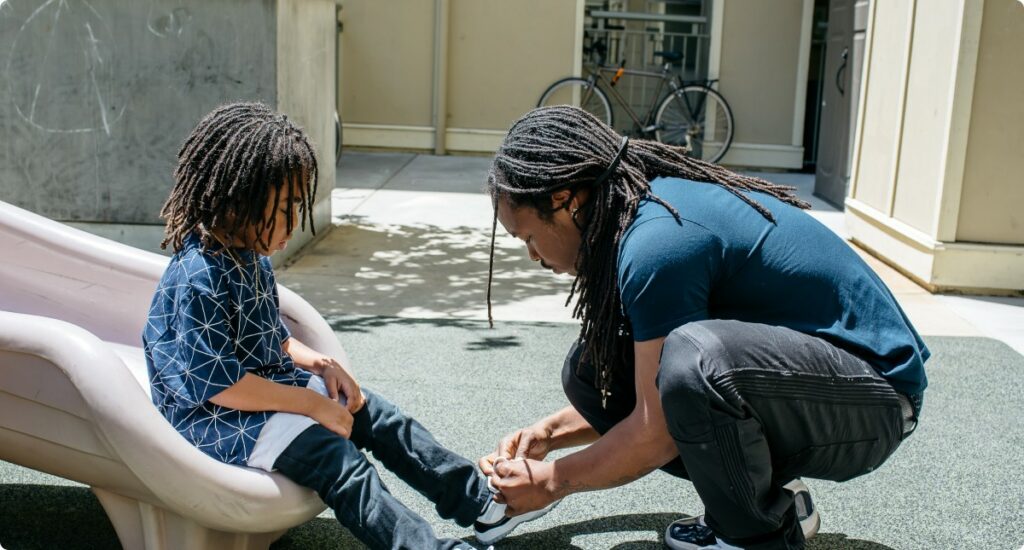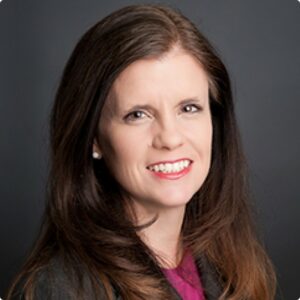Kresge is one of the few national foundations with a human services program.
How far back can you trace work related to this program?
From the earliest days of the foundation, the welfare of all people – and specifically care for youth and for the aged – was a primary focus. In 1927, one of the first large grants Kresge awarded was for $225,000 to the Methodist Children’s Home Society of Detroit for the purchase of land and improvements for a new facility known as The Children’s Village. Through 1953, Kresge gave a total of $2.79 million in support of The Children’s Village and its work to advance child welfare. Throughout the years, the foundation continued to demonstrate its concern for the welfare of the young and old, including children experiencing family instability, through capital and program grants to organizations like The Salvation Army, YMCA and YWCA, among many others.
When was this program officially established?
As the foundation shifted away from capital challenge grantmaking in 2006, human services became a field of interest and the program of today began to take shape. While the work has evolved, since 2008 the Human Services Program has had a consistent and enduring focus on strengthening two strands of the human services sector to support family economic success: community-based organizations providing direct services, and national organizations focused on policies affecting local service providers on the ground and the people they serve.

What is an example of an early grant in this space?

The national American Public Human Services Association (APHSA) and Kresge first forged a partnership in 2013. Initially guided by the Human Services Value Curve, the partnership became more generative over time, fueled by a shared vision for families and communities, Tracy Wareing Evans, president and CEO of APHSA, said.
Starting in 2017 the two organizations embarked on a multi-year journey of collective sense-making, narrative change, capacity-building, policy development, and continuous applied learning of what it takes to advance race equity and social and economic mobility to realize a Place-based Opportunity Ecosystem.
Over time, this work reached many more communities, and became part of the fabric of APHSA’s strategic work as a whole.
In 2018, Kresge and APHSA launched a series of convenings, beginning with lifting racial equity as foundational to advancing social and economic mobility. Additional sessions emphasized why narratives matter in driving systems change and provided practical actions to keep the focus on outcomes for families and communities. These shared opportunities for examining Kresge and APHSA’s respective and collective work helped shape the Strategic Playbook and 2023 Action Plan that guide APHSA’s work today and support human services leaders across the public and private sector.
Why has this area been historically important to Kresge?
The human services sector plays a major role in supporting our nation’s families and communities. However, systemic flaws and institutional and structural racism have negatively impacted family well-being and economic success. In recent years, the foundation has made concerted and consistent efforts to address historical inequities to ensure that marginalized communities can realize their own version of the American dream.
How do the current strategies reflect or build on our historical investments in this area?

Today, Kresge is one of the few national foundations with a dedicated focus on human services. Evolving to continually adapt to an increasingly complex and constantly changing financial, political, and policy environment, in 2018 the program strategy was further refined to center families. This resulted in an unrelenting focus on person-centered systems change centered on racial equity and racial justice to advance multigenerational family social and economic success.
The Human Services Program’s work is grounded in power sharing, partnership, co-learning and co-creating with organizations from multiple sectors, families and communities, Human Services Program Managing Director Raquel Hatter said.

Q: Why has this area been historically important to Kresge?
(Quote from an MD, Rip or former Kresge employee)
Lorem ipsum dolor sit amet, consectetuer adipiscing elit. Aenean commodo ligula eget dolor. Aenean massa. Cum sociis natoque penatibus et magnis dis parturient montes, nascetur ridiculus mus. Donec quam felis, ultricies nec, pellentesque eu, pretium quis, sem. Nulla consequat massa quis enim. Donec pede justo, fringilla vel, aliquet nec, vulputate eget, arcu. In enim justo, rhoncus ut, imperdiet
Q: How do the current strategies reflect or build on our historical investments in this area?
(Quote from an MD, Rip or former Kresge employee)
Lorem ipsum dolor sit amet, consectetuer adipiscing elit. Aenean commodo ligula eget dolor. Aenean massa. Cum sociis natoque penatibus et magnis dis parturient montes, nascetur ridiculus mus.
How far back can you trace work related to this program?
The foundation’s exploration of using non-grant forms of capital to advance its mission began in 2008. That year Kresge made its first five social investments, all loans between $1 million to $2.5 million.
Then in 2009, the foundation responded further to the financial crisis by issuing more than a dozen no-interest loans to nonprofits directly involved in stabilizing and supporting communities.
“Like so many things, the origins of the Social Investment Practice had its roots in crisis,” said Kresge Trustee Jim Bildner, who was instrumental in moving Kresge to begin using these tools in its work. “2008 was a profound moment for our country and for vulnerable populations. The impact of the fiscal crisis hit every element of the preexisting safety net. This created an enormous supply and demand problem that the foundation had not seen since the Great Depression.”
“The idea to make these no-interest loans came from the Trustees themselves, which was rare,” said Bildner, “and took less than 30 days from idea to reality.”
Q: When was this Program officially established? (Year and short explainer)
In 2012, Kresge hired its first managing director of social investments, Kimberlee Cornett. In 2015, the foundation expanded this area of work with a $350 million commitment – representing 10% of its corpus at that time – to deploy into impact investing.

Q: What’s an example of an early investment in this space?
IFF, $2.5 million, 2008
This 3% interest loan was paired with a $500,000 grant and supported IFF, a Community Development Financial Institution that provides below market-rate real estate loans, facilities planning and development, research projects and community planning initiatives. With the combination of a structured PRI and a grant, our support enabled the expansion of IFF's loan and advisory services out of Illinois, a critical step in expanding its ability to provide access to new sources of capital, while building IFF’s organizational capacity to sustain program operations.
